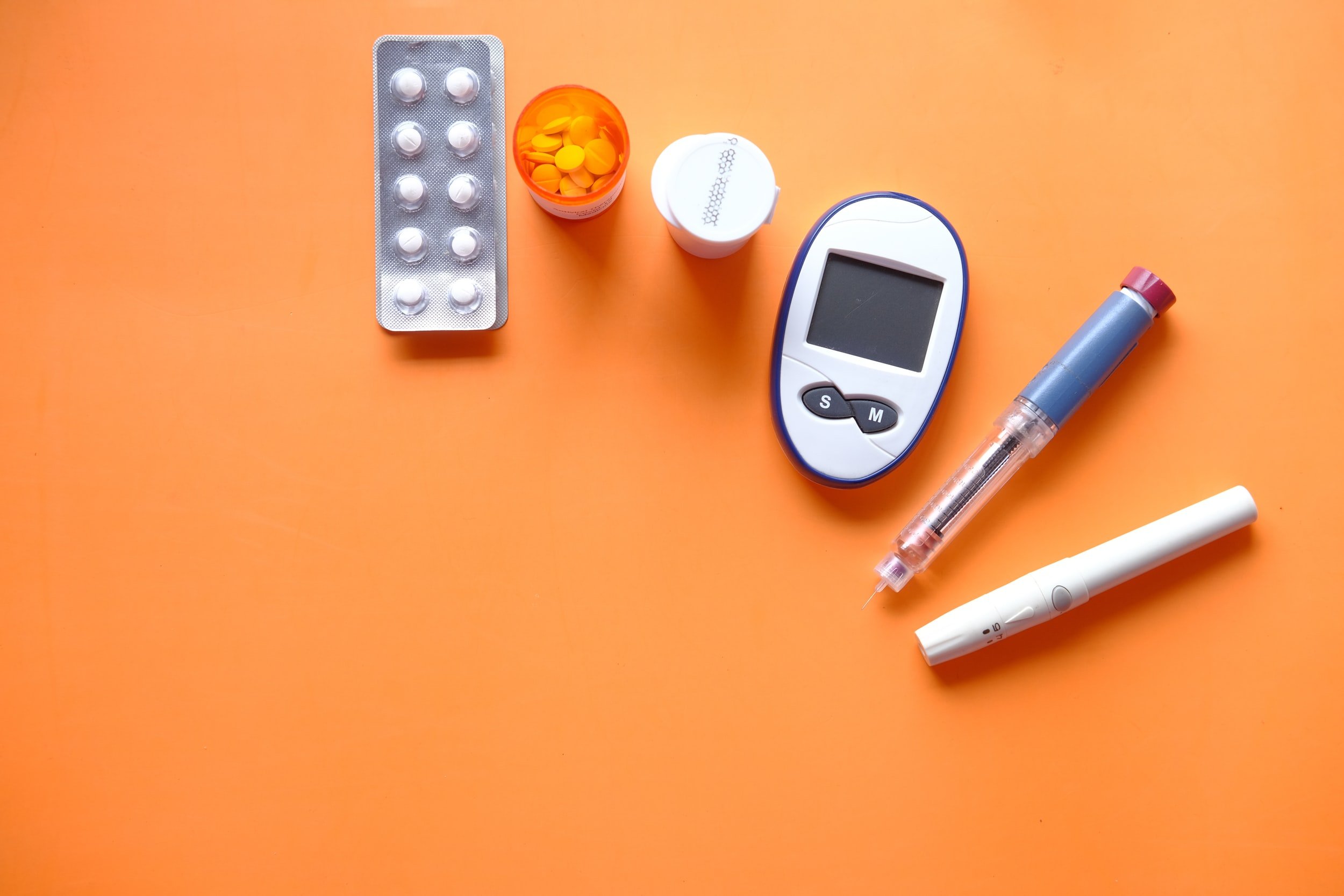What you need to know about insulin resistance
By Dr. Andrea Hilborn, ND
Originally published in the Kingston Whig-Standard.
When it comes to health, prevention is better than any cure. What if I told you you could prevent or treat Type II diabetes, obesity, non-alcoholic fatty liver and maybe even heart disease all by keeping one thing in check? Well, you can. That one thing is your level of insulin sensitivity and it is easily monitored with a couple of blood tests and physical exams.
Insulin is a hormone secreted by a little organ tucked into the upper part of your abdomen called the pancreas. It exerts control over the usage and storage of energy molecules such as glucose, protein and fats. And the key regulator of insulin secretion? Blood glucose levels, which are dictated primarily by what you eat.
A rise in blood glucose (also called blood sugar) tells the pancreas to secret insulin. The insulin spreads throughout your body, travelling in your blood. It is insulin's job to make sure there is an appropriate amount of glucose in your blood. When blood glucose is high, insulin tells your muscles to soak some up and use it for energy. If there is more glucose than the body needs, it gets stored as a molecule called glycogen or as fat.
Insulin sensitivity refers to how well the cells of your body respond to insulin. When your cells aren't responding very well, you have a condition called insulin resistance. If insulin resistance gets bad enough, Type II diabetes will develop.
What you eat plays a major - no, a starring role - in whether you develop insulin resistance. Carbohydrates become sugar in the blood. Our blood sugar level corresponds to how much and what type of carbs we eat. The carbs you eat interact with your personal level of sensitivity to them, which is inborn. Some people can tolerate a high proportion of carbohydrates with no ill effect. They are rare, fortunate people. Our susceptibility to insulin resistance also increases as we age, hence those people who get away with bad behaviour until their fifties, and then start to fall apart.
The carbs in sugar and high fructose corn syrup (HFCS) present a particular problem for insulin sensitivity. Whereas carbs like bread and potatoes get broken down into glucose, sugar and HFCS break down into glucose plus fructose. Glucose is metabolized throughout the body, but fructose is metabolized primarily by the liver. If the liver receives enough fructose all it once, it has no choice but to store it as fat. Non-alcoholic fatty liver results. This is a second cause of insulin resistance, because it impairs the ability of your liver to function properly.
There are two main blood tests, plus one extra test, that tell you where you stand in terms of insulin sensitivity: fasting blood glucose, something called HbA1C and blood insulin. Your waist-hip ratio can also give you and idea of how well you are doing because when you are insulin resistant, your body stores fat in the abdominal area. You can check this yourself: use a measuring tape to measure your circumference at the level of your belly button, and around your hips. Divide the waist number by the hip number. Waist to hip ratio should be less than 0.85 in women and less than 1.0 in men.
There are a whole range of symptoms you might be suffering from if you have a high level of insulin resistance: intense carbohydrate cravings, fatigue, abdominal weight gain, poor concentration, sweating, anxiety, irritability and water retention.
Fortunately, insulin resistance responds extremely well to changes in diet and physical activity level. The two basic things you have to do to improve your insulin sensitivity: keep the carbs down and get moving.
When it comes to carbohydrates, it is generally best to stick to boiled whole grains, fruit, legumes and starchy vegetables. Of course, you may not be able to do this all the time and it is okay to stray now and then. As you decrease the amount of carbs in your diet, your cravings for them will decrease as well.
For some, achieving a lower carb intake can be as difficult as breaking a drug addiction. Sharply decreasing your carb intake can cause symptoms like fatigue, irritability and headaches. These go away after a few days, but can be quite debilitating in the meantime. There are some supplements that can help you make it over the hump. Magnesium, inositol, medium chain triglycerides, conjugated linoleic acid and chromium are a few examples. Cinnamon and blueberries are foods that have a positive effect on insulin sensitivity.
Any amount or type of movement will increase your body's sensitivity to insulin, but the amount of exercise you need to maintain insulin sensitivity will depend on how well you are doing with keeping your carbs down. Resistance training increases your muscle size, which allows your muscles to soak up more blood sugar.
A side note for those of you who are insulin-dependent or taking drugs that affect your blood sugar: know that changing your diet and your level of activity will mean you need to change the dosage of your medications and/or insulin. It is safer to have high blood sugar for a little while than to risk hypoglycemia.
We can all prevent and reverse disease processes going on in our bodies right now. Check your waist to hip ratio. Ask your doctor, nurse practitioner or naturopath to send you for glucose, HbA1C and insulin tests. Exercise and eat fewer carbs. Get help with your carb cravings if you need to. Taking care of your insulin sensitivity is one thing you can do to stay healthy.

